The French built the first fortification of Quebec City to protect it from the Iroquois and the British. After the French & Indians war (7 Years war) the British had to expand and improve the fortifications because of the American threat. Today, Quebec City, also known as the Gibraltar of North America, has the biggest defensive network of America. All obsolete, but well preserved and magnificent. Here’s the top 10 military landmarks in Quebec City and Lévis.
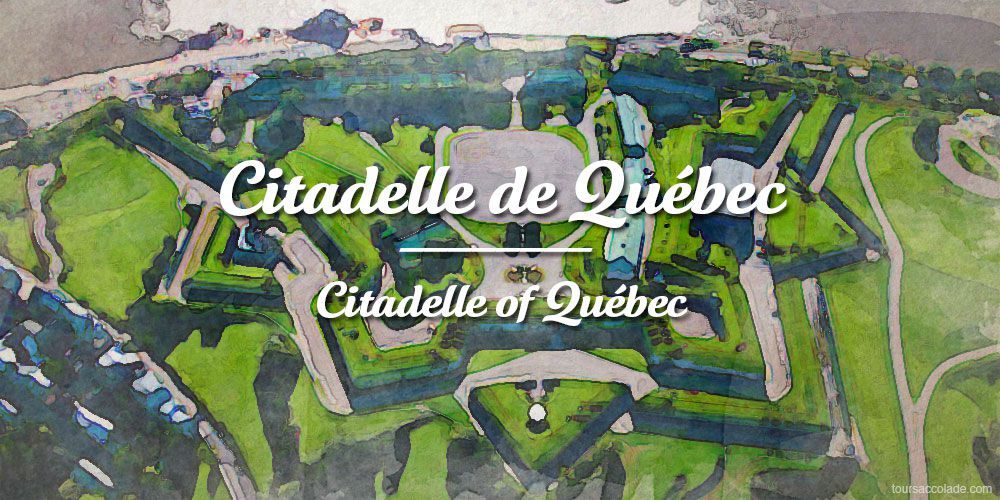
1. Citadelle of Québec
The Citadelle is a big fortress designed in the first half of the XIXth century as a shelter for the British army. It is still an active military installation. During Summer you can watch the changing of the guards of the Royal 22nd Regiment. Inside the Citadelle you’ll find the residence of the Governor General of Canada and the museum of the regiment. Among the military landmarks of Quebec City, it is the most impressive.
This National Historic Site of Canada is a must see for every history buff.
Check their website for more information.
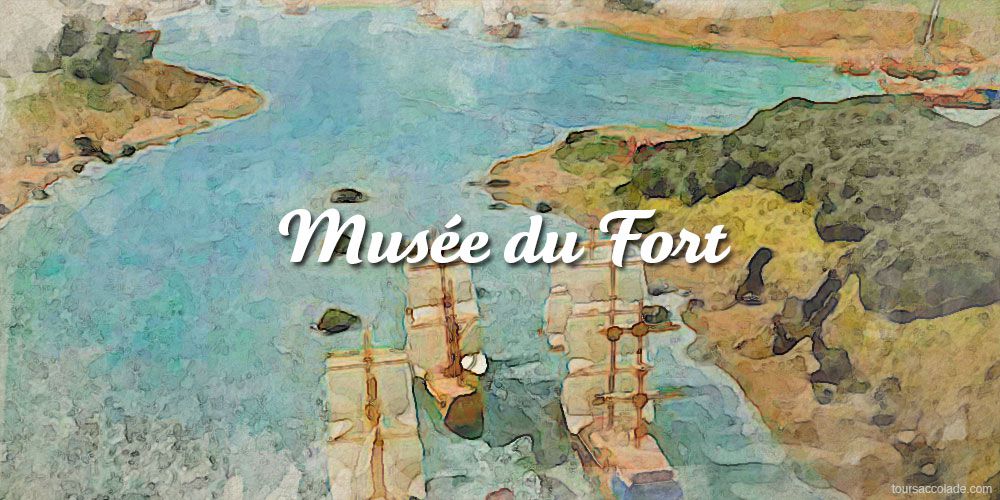
2. Musée du Fort
The Musée du Fort displays a unique and impressive sound & light show about the main battles and sieges that occurred in Quebec City. Its location is perfect, next to the Château Frontenac and the tourist information center. Because the show is 30 minutes only, this museum should be on your to-do list, even if you stay a short time in Quebec City.
Website of the Musée du Fort to check the fees and more details.
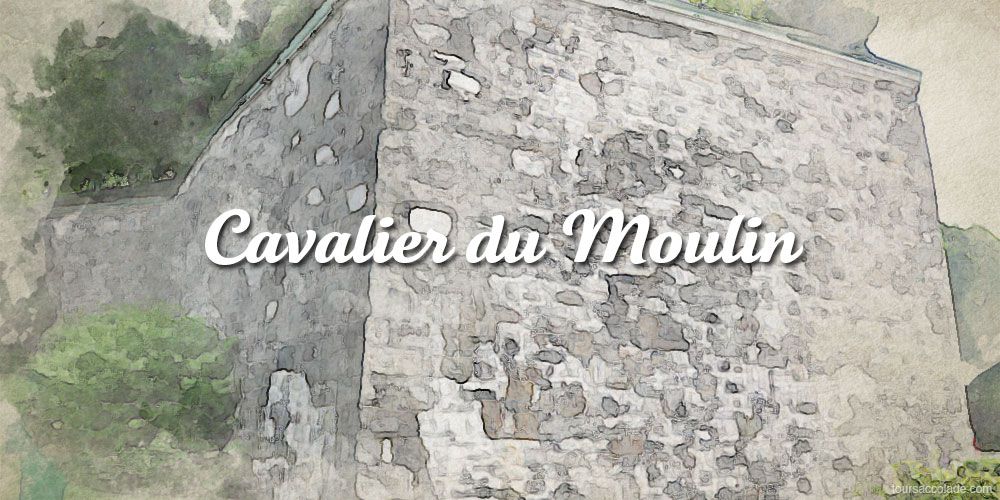
3. Cavalier-du-Moulin Park
In the heart of Old Quebec but off the beaten path, the Cavalier-du-Moulin Park is a fortified hill from the 1690s, which used to have a windmill. It’s great to take here a break from the crowd and take a look at the British carronades.
How to get there? Go on Mont-Carmel Street and walk uphill. You’ll see a fence, that’s the entrance of the park.
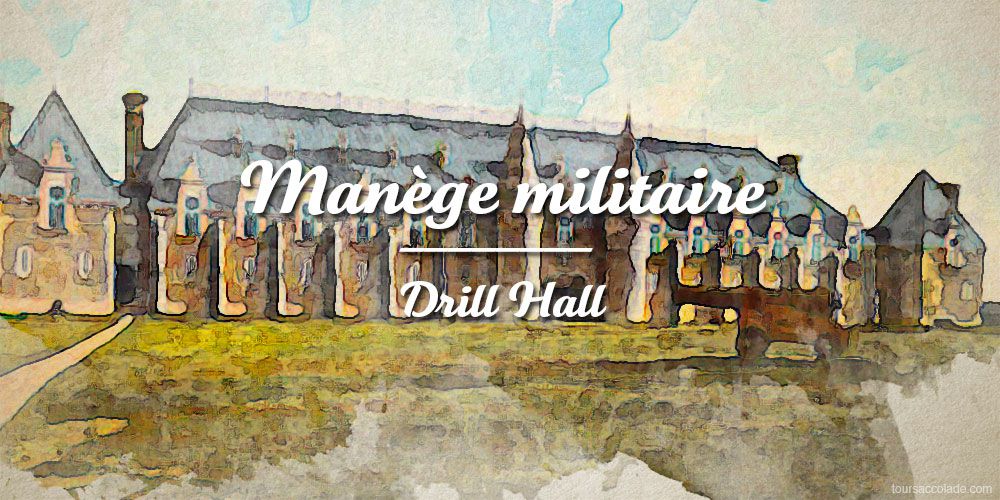
4. Drill Hall of the Voltigeurs
This impressive building burned in 2008, but for our greatest pleasure, the armory of Quebec City militia is back and more beautiful than ever, at least outside. Among military landmarks of Quebec City, it’s the most beautiful.
The steeply pitched gable roof, conical towers and fanciful decorative details of the drill hall make it an early example of the French-inspired Chateau style. The use of the style here is unique among Canadian drill halls of this period and reflects the late 19th century interest in the historic French roots of the city.
Are you looking for more information about military history in Quebec City ?
Tours Accolade provides historical guided tours in Quebec City and Lévis. Some of our guides can focus on military history and share detailed information related to military landmarks, French & Indians War, American Revolution, armies, officers and much more.
We are also pleased to answer your questions regarding our Classic Tour Old Quebec: Battles & Sieges and our Private Tours we can tailor to focus on military landmarks & history.
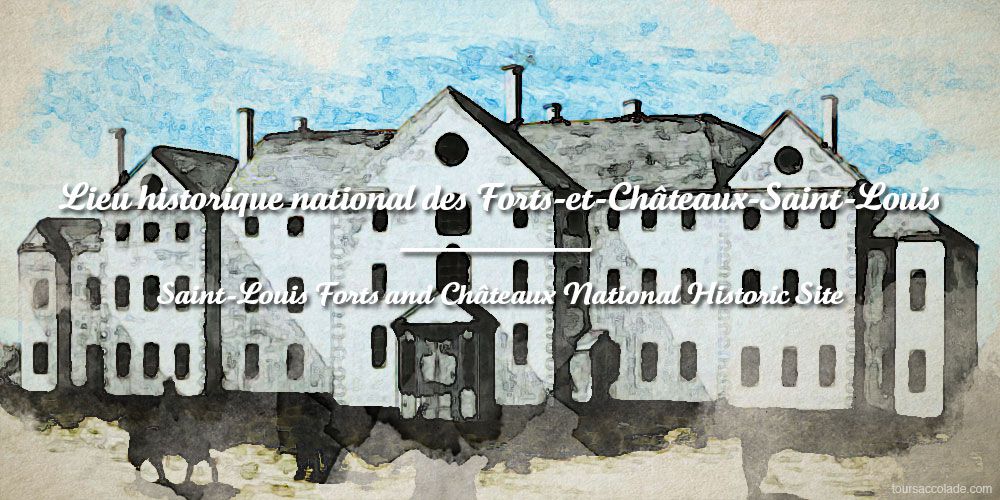
5. Fort Saint-Louis
Parks Canada takes care of the ruines of the Saint-Louis Forts & Châteaux. Champlain himself occupied this site in the 1620s. In the 1630s it became the official residence of the French governors, until 1750s, and later British governors, until 1834 when it burned. This National Historic Site is about the history of the place and also archeology.
It’s open during Spring, Summer and Fall. You must go to the Frontenac kiosk, located behind the statue of Champlain, on the Dufferin Terrace. More information on their website.
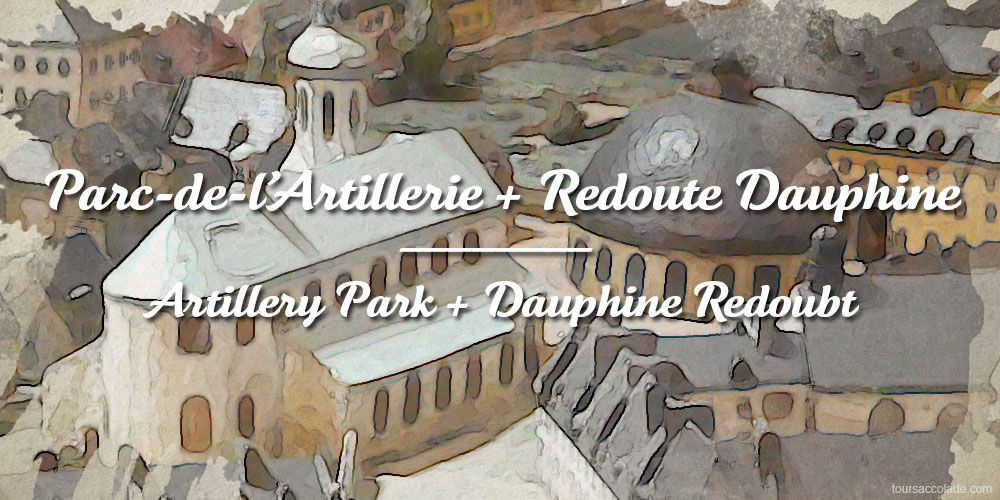
6. The Artillery Park with the Dauphine Redoubt
Parks Canada, again, takes care of an eccentric site which is worth the detour. The highlight of the museum is the scale model of Québec City back to the early 1800s. You could spend hours checking all the details and look at some military landmarks mentioned here. You’ll also discover across the street the impressive Dauphine Redoubt from the first half of the 1700s. Most of the travellers unfortunately skip these military landmarks and they don’t know what they miss.
More information on Parks Canada.
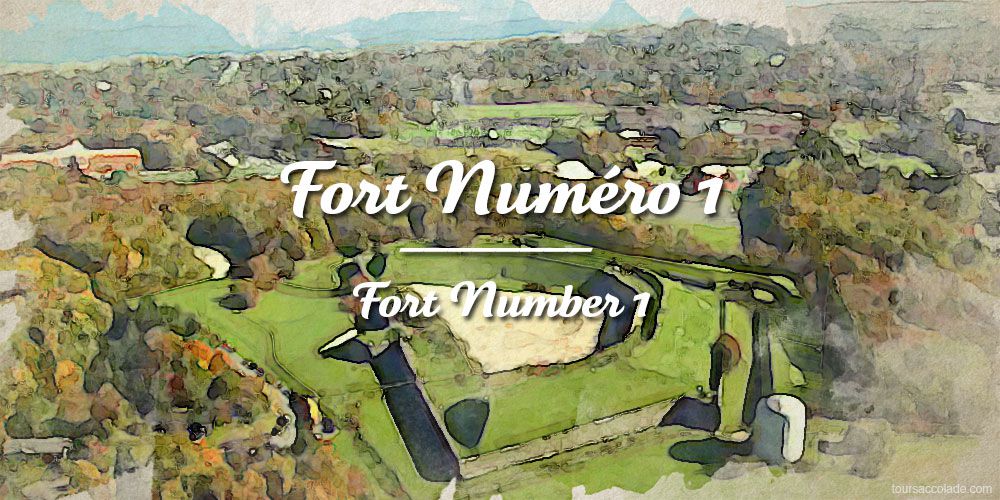
7. Fort Number 1
Lévis is part of the defensive network of Québec City and had many military landmarks. The ruines of Fort Number 3 were destroyed a few years ago (condominiums > heritage). Fort Number 2 is under a parking lot of a famous financial institution, it requires quality picks and shovels if you want to see it. Fort Number 1 is a historic site managed by Parks Canada, it’s open during Summer and it’s a must see. The fort itself is a good example of forts from the 1860s and 1870s, with the new technologies related to industrialization. The exhibition inside is flabbergasting; it’s not only about the fort, but the Canadian history of that time period.
Check Lévis Forts National Historic Site.
While in Lévis, take a look at Lévis Armory (10 rue de l’Arsenal, Lévis) and visit the Museum of Chaudière Regiment with its impressive World War 2 exhibition. A must see if you want to learn how the Canadian Army was involved in Normandy and Western Front.
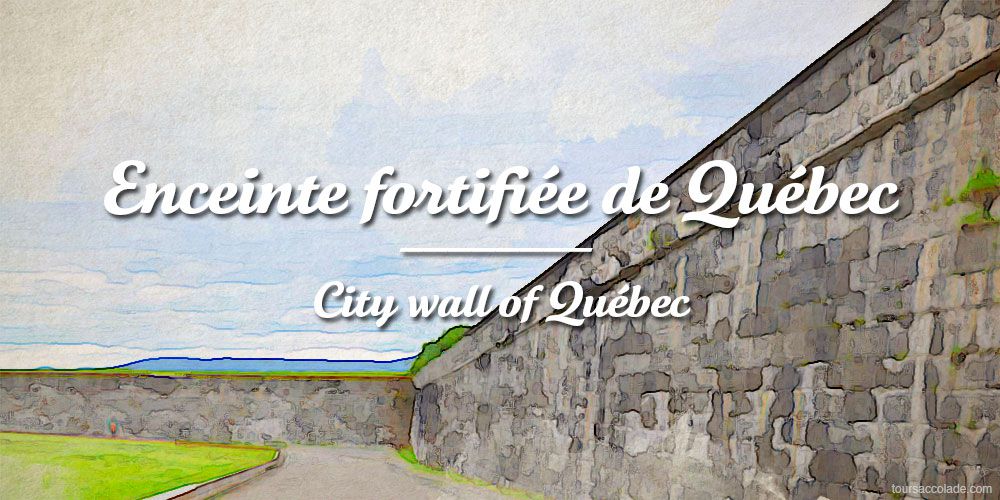
8. City wall of Québec
Old Quebec is the only fortified city on the North of Mexico. We talk about 4,6km, you can walk on it and make a roundtrip. On the way, you’ll see some of the military landmarks we mentioned, like the Citadelle, the Fort Saint-Louis, the Artillery Park, the Dauphine Redoubt, but also three fancy gates (Saint-Louis, Kent and Saint-Jean), the New Barracks (1700s) and even the house of the famous general Montcalm (1750s).
The main part of the city wall was built by the French (Chaussegros de Léry) in the 1740s, expanded and improved later by the British. The fancy gates were added after the British army left Canada.
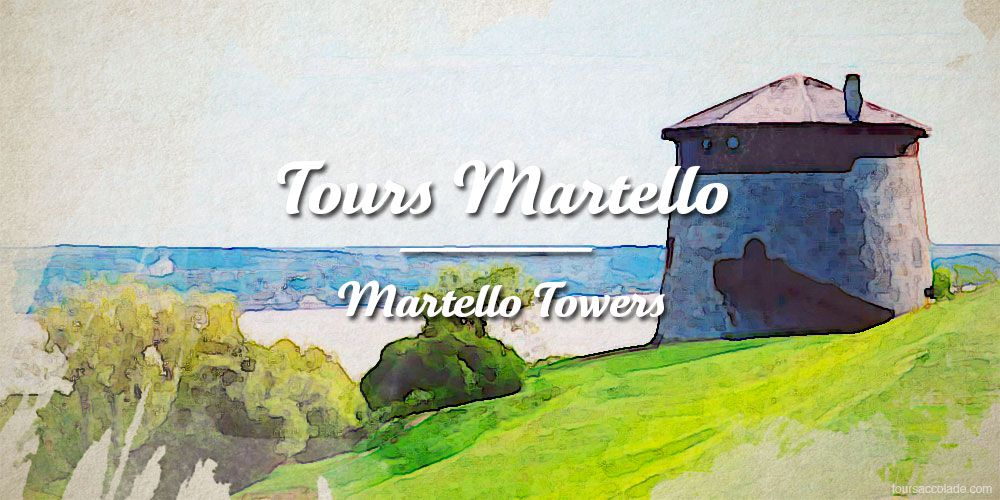
9. The Plains of Abraham & Martello Towers
The National Battlefields Commission presents an interesting museum about the Plains of Abraham. These plains refer to Abraham Martin, farmer from the 1600s. It’s there the famous Battle of the Plains of Abraham occurred in September 1759, a British victory. The museum is also about the Battle of Sainte-Foy, a French victory back to 1760. The two battles are of course related.
If you wander in the park, you’ll see two Martello Towers. If you have time, you could go to the Avenue des Braves and then visit the other part of the Battlefields Park: des Braves Park with its monument dedicated to generals Murray and Lévis. On the way, next to the Musée National des Beaux-Arts de Québec, you’ll see a column which is Wolfe Monument. Not far away, try to find Wolfe’s Well.
Quebec City used to have 4 Martello Towers: small defensive coastal forts built all across the British Empire in the 1800s. You’ll quickly notice in Quebec City… only one of them is coastal. The Number 1 is on the Plains of Abraham (Battle Fields Park). The Number 2 is at the corner of the avenues Wilfrid-Laurier and Taché. The Number 3 was destroyed in 1904. Finally, the Number 4 is hidden on Lavigueur Street.
More information on their website.
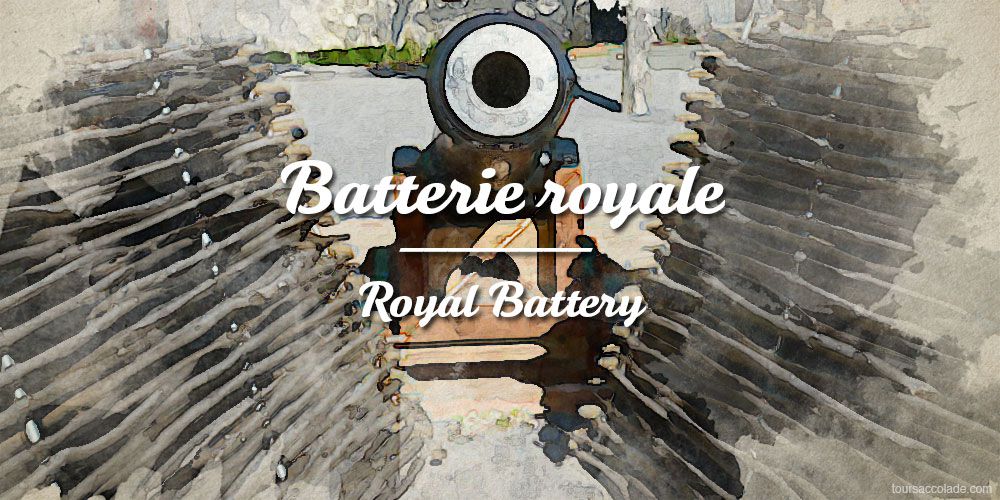
10. Batterie royale
Built in the 1970s to show you how it was back to the 1690s, with its accurate fake canons, the Batterie royale is a must see. Next to the Saint-Lawrence river, in the quaint neighbourhood Petit Champlain, you can read panels about the history of the battery, the siege of Quebec City (1759) and how artillery crews operated back to the 1700s.
Not far away from the Batterie royale, hidden at the end of Dalhousie Street (#170), there’s the small but interesting Musée naval de Québec.
More military heritage in Quebec City
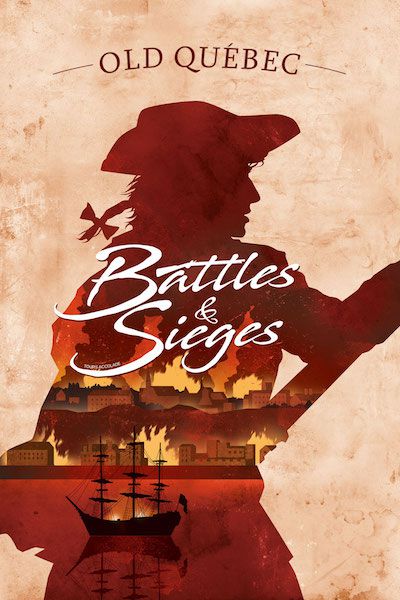
Many buildings, monuments and artefacts aren’t mentioned on this article. The best way to discover military history is to hire a private guide who can focus on this fascinating and complex theme. Our private guides are able to cover the highlights and go off the beaten path to show you what the crowd skips.
A tour based upon the military campaigns around Quebec. It was as outstanding as advertised – and is for those that are serious about history. I was greatly impressed objective presentation of the politics involved at the time – the Natives, French, British, American, etc. Everything stated by Xavier had a solid documented historical foundation. Xavier’s presentation to key in on the geographical features was pitch-perfect – and the WW2 Conference was an unexpected fascinating briefing. Recommended++
When you book our Private Tour, you just have to mention you would like we focus on military history and we’ll select your tour guide accordingly. You can even ask us to focus on a specific war. Our Classic Tour Old Quebec: Battles & Sieges is a more affordable option, but not always available.
